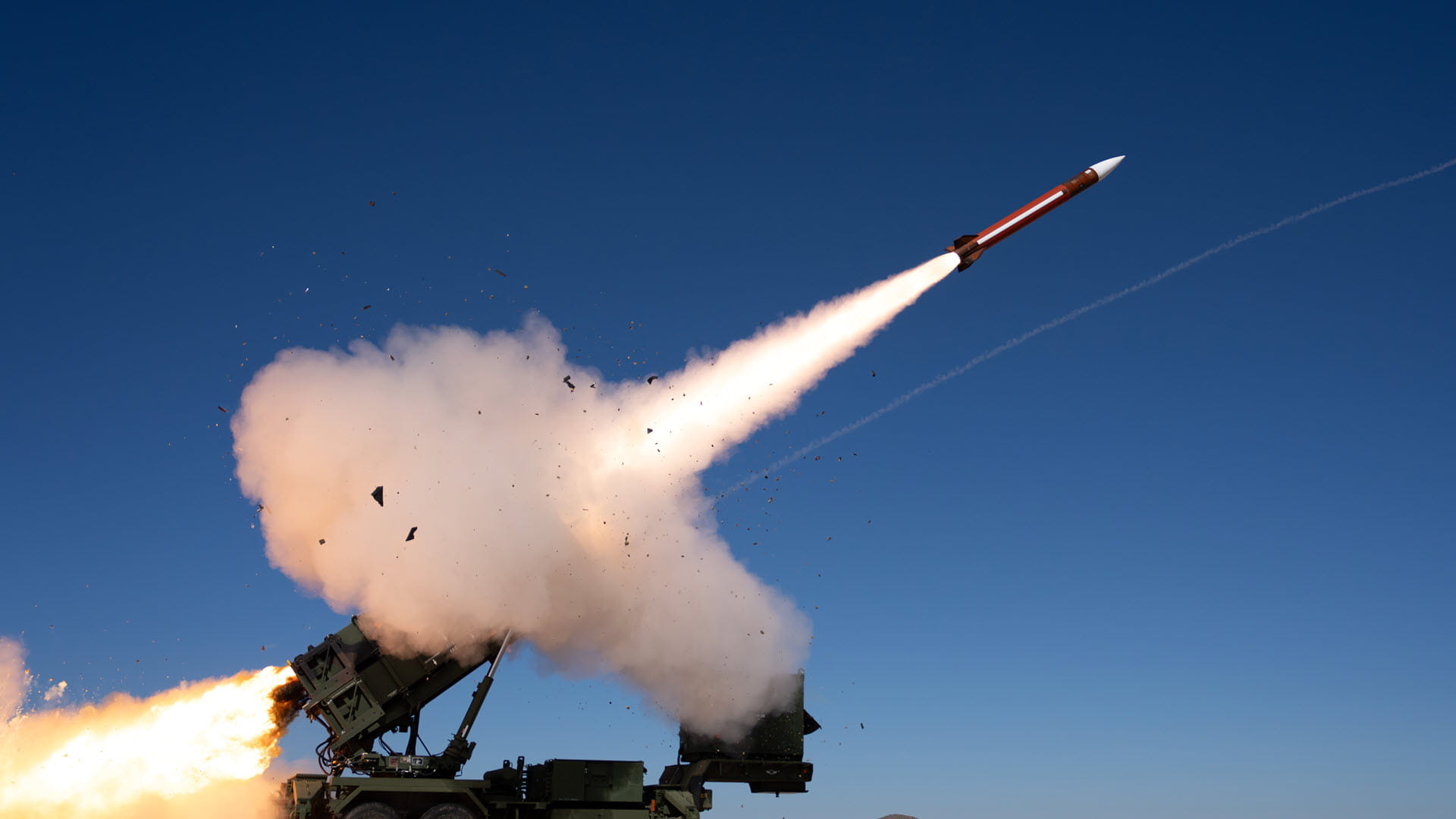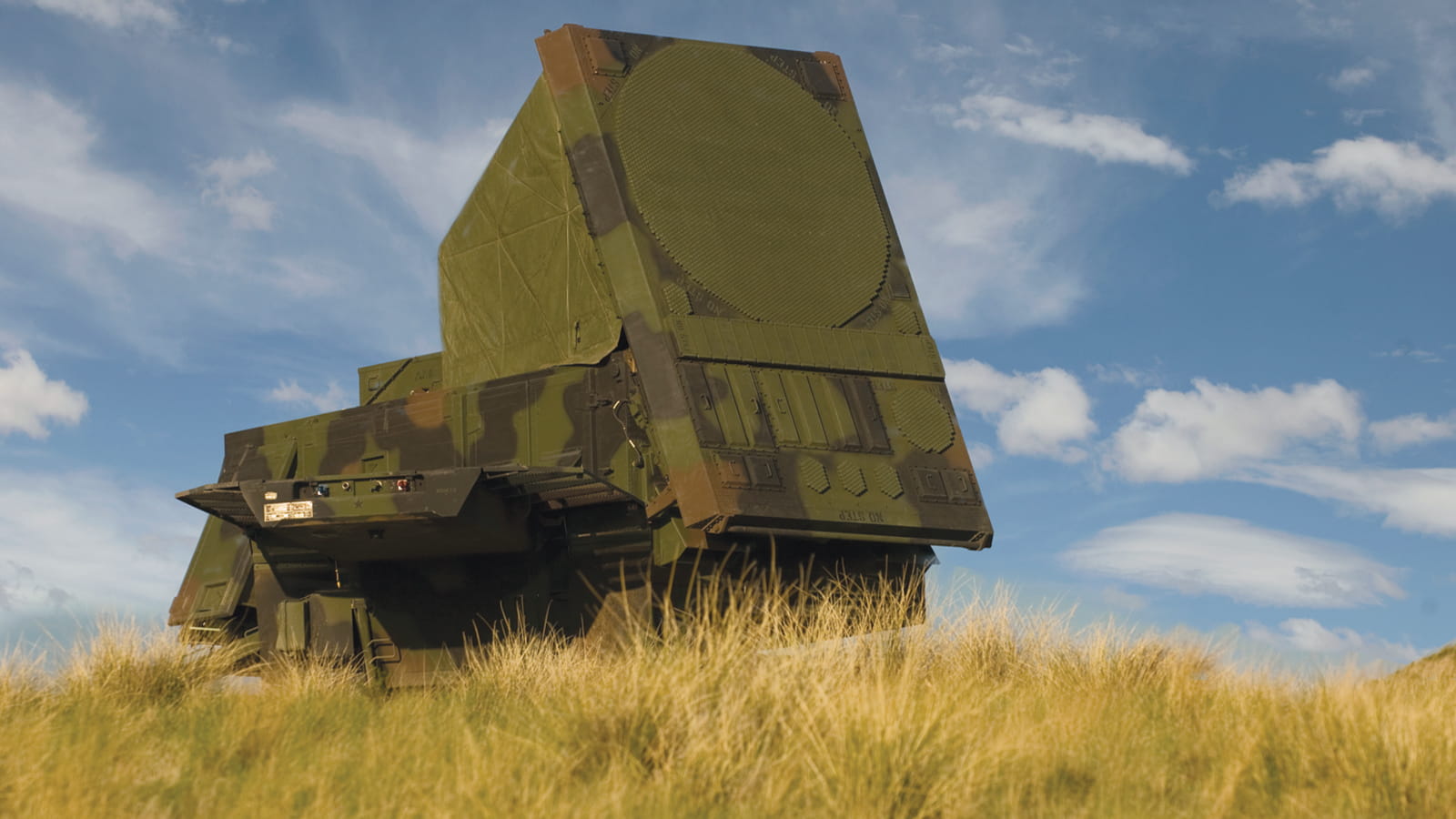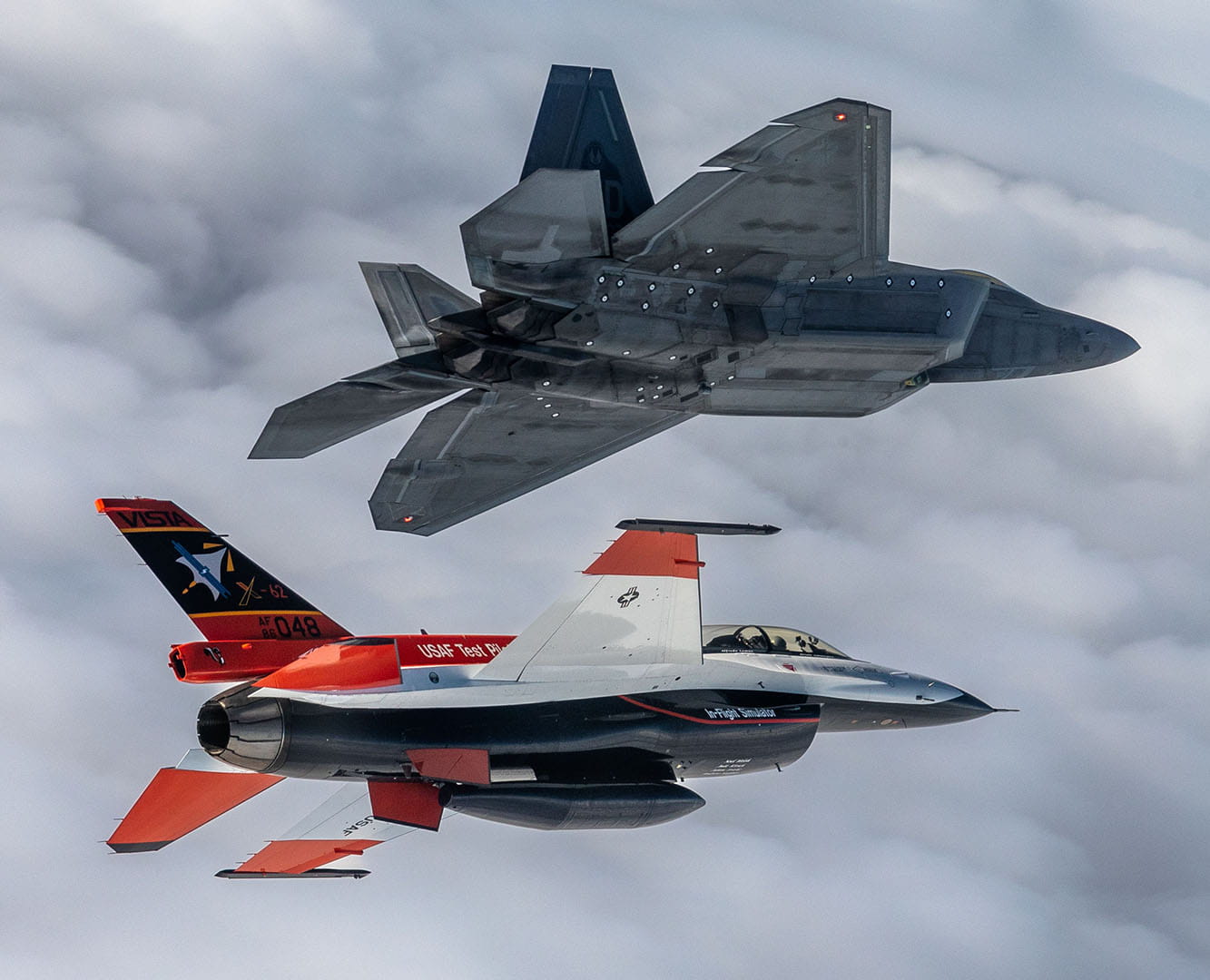Former DOD expert drives Raytheon's approach to mission engineering
Business uses integration and digital experience to bring concept to fruition
As a leader in integration defense solutions, Raytheon has experience working across domains – underseas, surface, land and air.
It has expertise putting systems on different platforms and ensuring those systems work with others and can be easily reconfigured depending on the threat.
“Pilots require integrated systems that allow them to dominate the airspace and complete direct attack, standoff and strike missions with precision,” said Jim Moreland, vice president of Mission Integration for Air Power at Raytheon, a Raytheon Technologies business. “We know how to deliver combat power across every mission phase because we’ve done it with repeated success.”
And they did this by applying principles of mission engineering and by asking two important questions, “What’s the concept of employment and how are we increasing warfighter effectiveness,” said Moreland, also a former executive director of Mission Engineering and Integration for the U.S. Department of Defense.
Raytheon is partnering with the DOD on mission engineering, which uses mission and warfighter capability as a measuring stick to decide on technology capabilities. With Moreland’s direction, the business is looking to these fundamentals to create a mission engineering-focused organization.
Mission engineering puts mission first.
The DOD defines mission engineering as “the deliberate planning, analyzing, organizing and integrating of current and emerging operational and system capabilities to achieve desired warfighting mission effects.”
This mission-focused, threat-informed approach helps military agencies, industry and academia work together to identify capabilities and technologies in order to achieve objectives and close operational capability gaps.
“Engineering and deploying products with mission success in mind is a way to avoid integration and interoperability issues across the force because it provides a better understanding of what capabilities are needed,” Moreland said. “It informs what individual systems should be brought together as a system of systems, to include interdependencies among them.”
Whether it’s integrated air and missile defense, ballistic missile defense, anti-submarine warfare, close air support or a combination of missions, mission engineering plays a role in real operational missions.
It saves time and improves mission effectiveness.
Mission engineering is used when developing requirements and building component systems to gain insights on dependencies among systems. It increases the probability of integration success across joint and coalition forces, and it reduces rework and cycle times.
“This ensures that the system being built will integrate with other systems, while decreasing uncertainty in the fielded capabilities necessary for mission success,” Moreland said. “It speeds capability to the warfighter.”
Plus, a close look at the as is system of systems architecture can find issues or opportunities that may influence mission outcomes, changing the way forces approach a conflict.
“Imagine then layering those two frameworks (U.S. and coalition) and analyzing gaps where our systems won’t work together,” Moreland said. “The last thing you want is to have coalition forces fighting adversaries and find out systems aren't interoperable. It’s key to learn these things beforehand - while we’re in design and building versus when the systems are fielded.”
Mission engineering speeds decision-making.
Mission engineering benefits from model-based approaches by providing more accurate system models and speeding the movement of digital products.
“Digital representation of all those systems, especially as you get more complex from a single system to a system of systems, allows faster assessments and analysis,” Moreland said. “The faster we can process mission engineering using authoritative data about systems, the quicker leaders can make informed decisions.”
Because of the many different paths across a mission thread that form “mission webs,” digital engineering plays a vital role in mission engineering.
“It can assess the multiple paths using digital products to represent the systems and apply advanced math techniques to solve critical path methods,” Moreland said.
It supports the DOD’s operational imperatives.
Mission engineering can help the U.S. Air Force achieve its operational imperatives for ensuring capabilities in space; moving target engagement; tactical air dominance; resilient basing by operating with smaller, more mobile bases versus larger fixed bases; global strike; and readiness to deploy and fight.
The business, along with Raytheon Technologies, is leveraging mission engineering to help modernize command and control, speed decision-making and link multi-domain forces, to further develop the Joint All-Domain Command and Control, or JADC2. It’s working in support of the JADC2 initiative, which aims to put intelligence from any sensor – on land, at sea, in the air or in space – in the hands of any military operator or commander who needs it.

.jpg?rev=7982c163860e45919d68343c67e1ad19&rid=e967f4c04ec241e18cd5f53c9954fc25)


